Omma Tuana says that we shouldn't get too close to the crabs when they come like waves, washing over the sand, turning our beaches white and grey. She says that we should leave them in peace so that when the time for fishing comes, Rutua will guide the fish into our nets and not away. But no one ever listens to Omma. When the crabs come, the children all march up to the water's edge and pick them up. The parents are always nearby but they never say no. They never pull the young ones away from the pinching claws and tell them that if they pick up the crabs, then Rutua will guide the fish away from their fathers' nets and they will have to go hungry.
But maybe that's why the fish are now small and unfulfilling. They taste like salt now, and slime. I remember when they were bigger, when they made the tongue sing with flavor. Only the dumb fish that can't follow Rutua are caught by our nets. I don't understand why they don't listen to Omma. She is our village elder! But no, they let their children go up to the hoarcrabs because everyone wants a hoarcrab. They're said to be lucky creatures, but who cares if one family is lucky when the whole village suffers from Rutua's anger?
People are so selfish sometimes. They will learn one way or another, says Omma. She says that the more they make Rutua angry, the more they will suffer. She says that there will come a time when not even the lucky hoarcrabs will save them. She says that one day their nets will come up empty whether they fish by sun or by moon and then they will have no one to blame but themselves. She says that it will happen soon, that Rutua told her to prepare and be ready because the hoarcrabs won't come next season or the one after that.— Concerned Leathan trader, purchasing food from a passing Dominion ship
Hoarcrabs, also known as greybacks in other parts of the world where they can be found, are a species of crustacean that primarily inhabits the benthic zones of continental shelves roughly 200 – 1000m below the surface. The largest population is thought to reside somewhere off the east coast of
IldRenn where the annual spawning season of the hoarcrabs typically coincides with the shoreward migration of open-ocean fish eaten as a staple by the
leatha.
The fact that they herald times of great abundance for the fisherfolk of the leatha means that they have been ascribed an almost-supernatural significance in leathan culture. The leatha believe that the hoarcrabs are the shepherds of the fish, as the fish arrive shortly after the hoarcrabs do, and then depart a few weeks after the hoarcrabs leave. The truth is that the off-shore fish that the leatha prize are simply following an easy food source: namely, the infant crabs produced by the hoarcrab spawning season.
However, this supernatural significance means that ideas of abundance and plenty and good fortune have been inextricably linked to the hoarcrab. Finding a solitary hoarcrab outside of spawning season is considered an auspicious event by the more superstitious leatha. But superstitious belief in the luck brought by hoarcrabs has caused hoarcrab populations to decline as enterprising individuals perturb mating rituals in order to grab the biggest, healthiest looking crabs to either keep for themselves or sell to leatha who live further inland and thus do not have the means to normally grab hoarcrabs from the coast.
Basic Information
Like most crustaceans, hoarcrabs have a tough exoskeleton made of chitin with ten jointed limbs attached to a single central body mass. Two of the hoarcrabs' front limbs end in a set of asymmetrical claws. Hoarcrabs are one of a number of species of crustacean that demonstrate chirality, with roughly 80% of the population having larger right claws and roughly 20% having larger left claws according to recent estimates.
Hoarcrabs have an annual reproductive pattern where once a year they surface from their natural offshore habitat to spawn on nearby beaches where male and female crabs engage in a mating ritual akin to a drawn-out wrestling match from low tide to high tide. The objective seems to be for the males to flip females onto their backs with their large claws. Failing to do so before the high tide means rejection for the hopeful male, and another day to try again with another female.
After the mating ritual is completed and a suitable mate is found, males and females will copulate under the light of the moon by the edge of the water, releasing pulses of ova and sperm as the waves wash in and churn them together. As eggs are fertilized they anchor themselves to wet sand using a specialized "foot" and remain there until they hatch. Spawning continues for roughly a week before the hoarcrabs return to their offshore habitats.
It takes roughly two weeks for the first infant crabs to emerge and another week after that before they are grown enough to swim out into open waters where the sudden availability of food attracts off-shore fish that then attract the leathan fishermen.
Hoarcrabs start off as tiny eggs with specialized feet that attach them to the sands of their spawning beaches. After roughly two weeks, their egg membranes split and the infant crabs are able to, for the first time, feed on their own, subsisting entirely on algae that wash up on shore. A week after this, the crabs are big enough to be able to pull themselves free of their tethers and start more actively pursuing algae. At this stage, their shells are still soft and they are quite vulnerable to predators.
When a hoarcrab's shell hardens enough to take on its greyish-white coloration, it is considered a juvenile. It is at this stage that it starts moving toward the natural environment of its parents, taking roughly a further three months before reaching sexual maturity.
Hoarcrabs primarily inhabit the benthic zone of the continental shelf, living roughly 200m-1km beneath the surface of the ocean.
While hoarcrabs are omnivorous scavengers and can feed on dead fish as well as plant detritus on the ocean floor, their primary source of food is algae, and thus they are almost never found in the aphotic zone of the ocean, where algae are more difficult to find.
As the waters are warmed leading up to the summer solstice, hoarcrabs have been observed to become more active in their native habitats, actively pursuing food in preparation for their shoreward migration for the annual spawning.
Additional Information
Due to leathan superstition, hoarcrabs are regularly displaced from their natural habitats, typically during spawning season when they are at their most vulnerable. Some are kept as pets, primarily due to the belief that they can bring good fortune to their owners and the belief that they can predict the results of a fishing trip. Others, however, are slaughtered for parts, as the large claws of hoarcrabs are thought to be an effective charm against evil, and the meat is thought to help alleviate some diseases.
Powdered hoarcrab shell mixed with a pinch of hoarcrab meat, saltwater, milk, fish oil, and a paste of herbs made with rainwater is considered a powerful unguent to help accelerate the healing of wounds and is one of the traditional remedies of the leatha. Although this mixture is supposed to be produced using solitary hoarcrabs found outside of spawning season, a growing demand for the tribal remedy has led to crabs being captured during the spawning season for the sole purpose of producing this mixture.
Hoarcrabs have a set of two eyestalks roughly 2cm in length when fully extended. It is thought that their vision is sharper than most mortal races' and it is generally thought that they are able to "sense" when predators are nearby, prompting behaviour known as clumping where hoarcrabs gather in tight clusters, extending their larger claw outward to form "spikes" around the group as a deterrent to predators.
The leatha believe that hoarcrabs have the supernatural ability to tell what sort of fish harvest a fisherman could look forward to on a single day, and it is common practice for fishermen who own hoarcrabs to take them out on fishing trips. It is said that when a hoarcrab snaps its bigger claw repeatedly while out on the open water that the day's harvest will be plentiful, but if the hoarcrab snaps its smaller claw, there would be less fish available to catch.

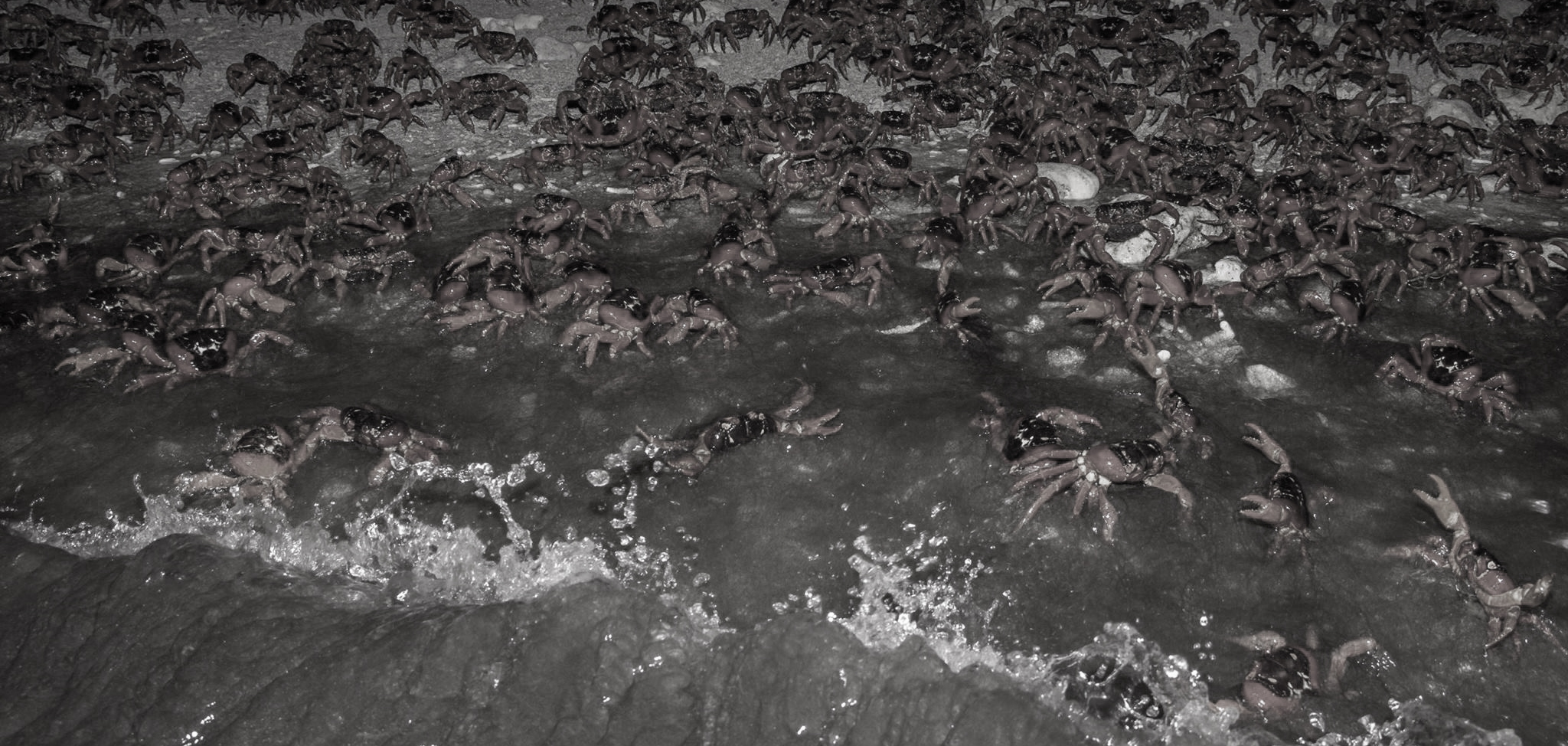

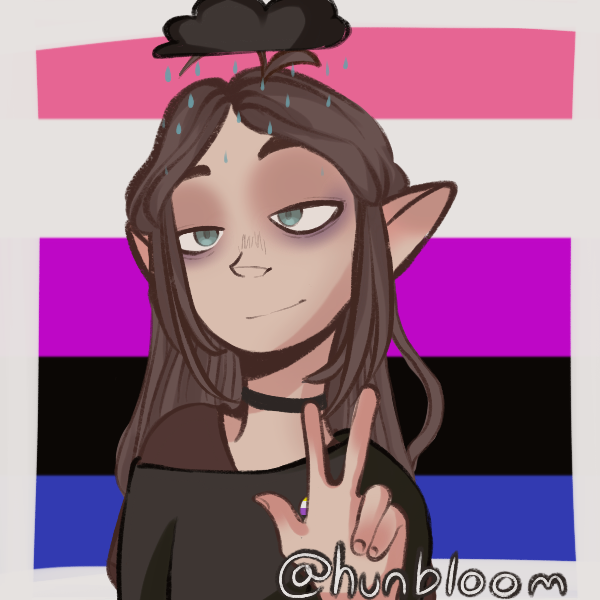
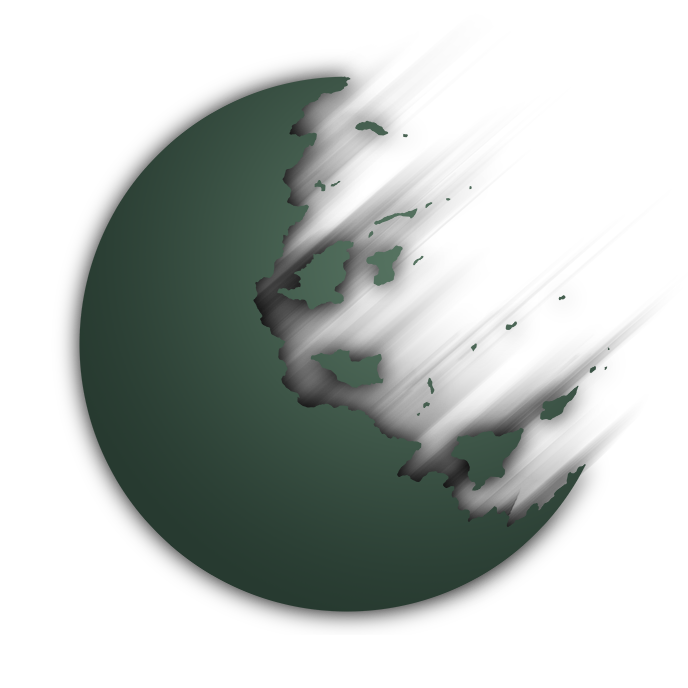
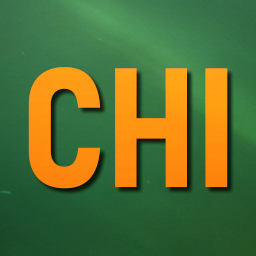
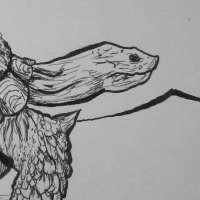
I've mentioned this before, but it bears repeating: is this a fantasy world? It appears to be, and in that case chances are that no one is going to much care (or even really have that deep an understanding of) conservation status. The information contain there is interesting, though, so I would suggest you move it into a side panel of its own. Gives the information some room to breath and be expanded upon, as well. I like how the superstition is grounded in a real-life effect. Those sort of superstitions are always good, and this one is well conceived.
This reads a little clunky; consider changing it for a more straight-forward flow "It is considered among the superstitious Ieatha" for example. Same thing here, you get that stutter with two quick commas where you could just have a straight flow. It may be a stylistic choice, but good to be aware. I liked the nature of the superstition, I thought that was quite clever and it interacts well with the culture (overexpoitation) which leads to trouble and plot stuff.Creator of Araea, Megacorpolis, and many others.
I prefer to think of it as a "living world." I am writing these articles from the perspective of a historian writing on the topic many hundreds if not thousands of years in the future. Current works set in this world are set during its "fantastical" age, but I've explored how it will evolve into the modern age, too.
Is that their conservation status present, or past?
Creator of Araea, Megacorpolis, and many others.
This is their present conservation status. Also, thanks for pointing out sentence structure!